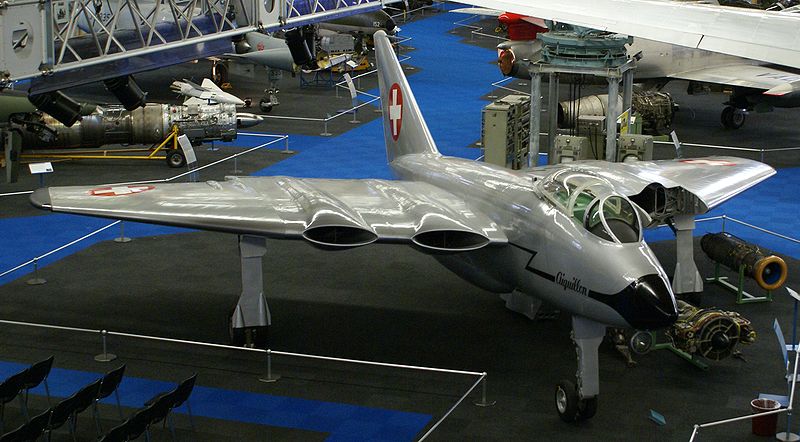
- For PC
- For MAC
- For Linux
- OS: Windows 10 (64 bit)
- Processor: Dual-Core 2.2 GHz
- Memory: 4GB
- Video Card: DirectX 11 level video card: AMD Radeon 77XX / NVIDIA GeForce GTX 660. The minimum supported resolution for the game is 720p.
- Network: Broadband Internet connection
- Hard Drive: 23.1 GB (Minimal client)
- OS: Windows 10/11 (64 bit)
- Processor: Intel Core i5 or Ryzen 5 3600 and better
- Memory: 16 GB and more
- Video Card: DirectX 11 level video card or higher and drivers: Nvidia GeForce 1060 and higher, Radeon RX 570 and higher
- Network: Broadband Internet connection
- Hard Drive: 75.9 GB (Full client)
- OS: Mac OS Big Sur 11.0 or newer
- Processor: Core i5, minimum 2.2GHz (Intel Xeon is not supported)
- Memory: 6 GB
- Video Card: Intel Iris Pro 5200 (Mac), or analog from AMD/Nvidia for Mac. Minimum supported resolution for the game is 720p with Metal support.
- Network: Broadband Internet connection
- Hard Drive: 22.1 GB (Minimal client)
- OS: Mac OS Big Sur 11.0 or newer
- Processor: Core i7 (Intel Xeon is not supported)
- Memory: 8 GB
- Video Card: Radeon Vega II or higher with Metal support.
- Network: Broadband Internet connection
- Hard Drive: 62.2 GB (Full client)
- OS: Most modern 64bit Linux distributions
- Processor: Dual-Core 2.4 GHz
- Memory: 4 GB
- Video Card: NVIDIA 660 with latest proprietary drivers (not older than 6 months) / similar AMD with latest proprietary drivers (not older than 6 months; the minimum supported resolution for the game is 720p) with Vulkan support.
- Network: Broadband Internet connection
- Hard Drive: 22.1 GB (Minimal client)
- OS: Ubuntu 20.04 64bit
- Processor: Intel Core i7
- Memory: 16 GB
- Video Card: NVIDIA 1060 with latest proprietary drivers (not older than 6 months) / similar AMD (Radeon RX 570) with latest proprietary drivers (not older than 6 months) with Vulkan support.
- Network: Broadband Internet connection
- Hard Drive: 62.2 GB (Full client)
Swiss Bf 109 E-3 J-345 skin by NOA_ | download it here
Sparked by the start of World War I three days earlier, the Swiss Air Force was established on the 31st of July 1914. The emergency unit consisted of a handful of pilots flying civilian aircraft and armed with rifles in case of combat. Despite the primitive condition of their air force, the Swiss were prepared to defend their neutrality by force.
 |
A squadron of aircraft standing in a row
|
In October 1916, the Swiss began a practice that would become commonplace for them in WW2. A German Fokker fighter landed in Swiss territory under poor conditions, and the Swiss captured the aircraft as their own. The Fokker D.II became the first proper Swiss military aircraft. On that foundation the Swiss purchased more fighters from France as well as manufacturing some indigenous designs.
After the war, the air force remained underfunded and under-equipped until 1929, when a bill to fund a permanent air force was passed. The Swiss Air Force was formed as a separate military service in October 1936.
In a final modernization effort in the late 1930s, the Swiss ordered Messerschmitt Bf 109 D and E as well as Morane-Saulnier D‐3800 fighters from Germany and France. In addition to the imports, the Swiss also flew their indigenous EKW C-36, which was eventually found obsolete for WW2 combat service.
 |
Swiss-built EKW C-3603 multi-purpose
|
Although Switzerland remained neutral through World War II, it had to deal with numerous violations of its airspace by both sides. Initially it was German aircraft, especially during the invasion of France in 1940. The Swiss fighters shot down Do 17s, He 111s, and Bf 110s violating their airspace, which caused tensions between them and the Nazi German government, and the Swiss decided to stop firing on aircraft of foreign nations.
In April 1944, a Bf 110 G-4 night fighter with an advanced FuG 220 radar strayed into Swiss territory. Germany wanted the advanced device destroyed so that it wouldn’t fall into Allied hands and agreed to supply Switzerland with 12 new Bf 109 G-6s in exchange. The Bf 110 was demolished by Swiss engineers according to the arrangement.
 |
The Swiss built some jet fighter proto-
|
Later in the war, the Allied bomber offensive occasionally took US or British bombers over Switzerland. Some Swiss cities were bombed by mistake, and American aircraft fired on Swiss interceptors flying German-built Bf 109s. Eventually the Swiss decided to shoot back if forced to, and several British and American aircraft were shot down by Swiss forces. To make them easier to identify for the Allies, the Swiss added red and white stripes to the wings of their aircraft.
According to Swiss records, 6,501 aircraft were involved with airspace violations over Switzerland during WW2. 198 foreign aircraft landed in Swiss territory with 56 crashing there. The Swiss interned the aircraft, and ended up with an interesting collection of planes at their disposal, some of which they decided to once again use for themselves. In addition to large numbers of B-24s and B-17s, the Swiss interned P-47s, P-51s as well as Bf 109s, and a single Me 262 jet fighter. While most Allied aircraft were returned after the war, the Swiss kept flying their Bf 109s until they were eventually replaced with surplus P-51s and first generation jets.
2014, the Centennial year for the Swiss Air Force, will be commemorated with an air show over Payerne Air Base and a specially minted coin.
In War Thunder, we will honor the airmen of the Swiss Air Force by introducing the its roundel with one of the coming updates:
The War Thunder Team





